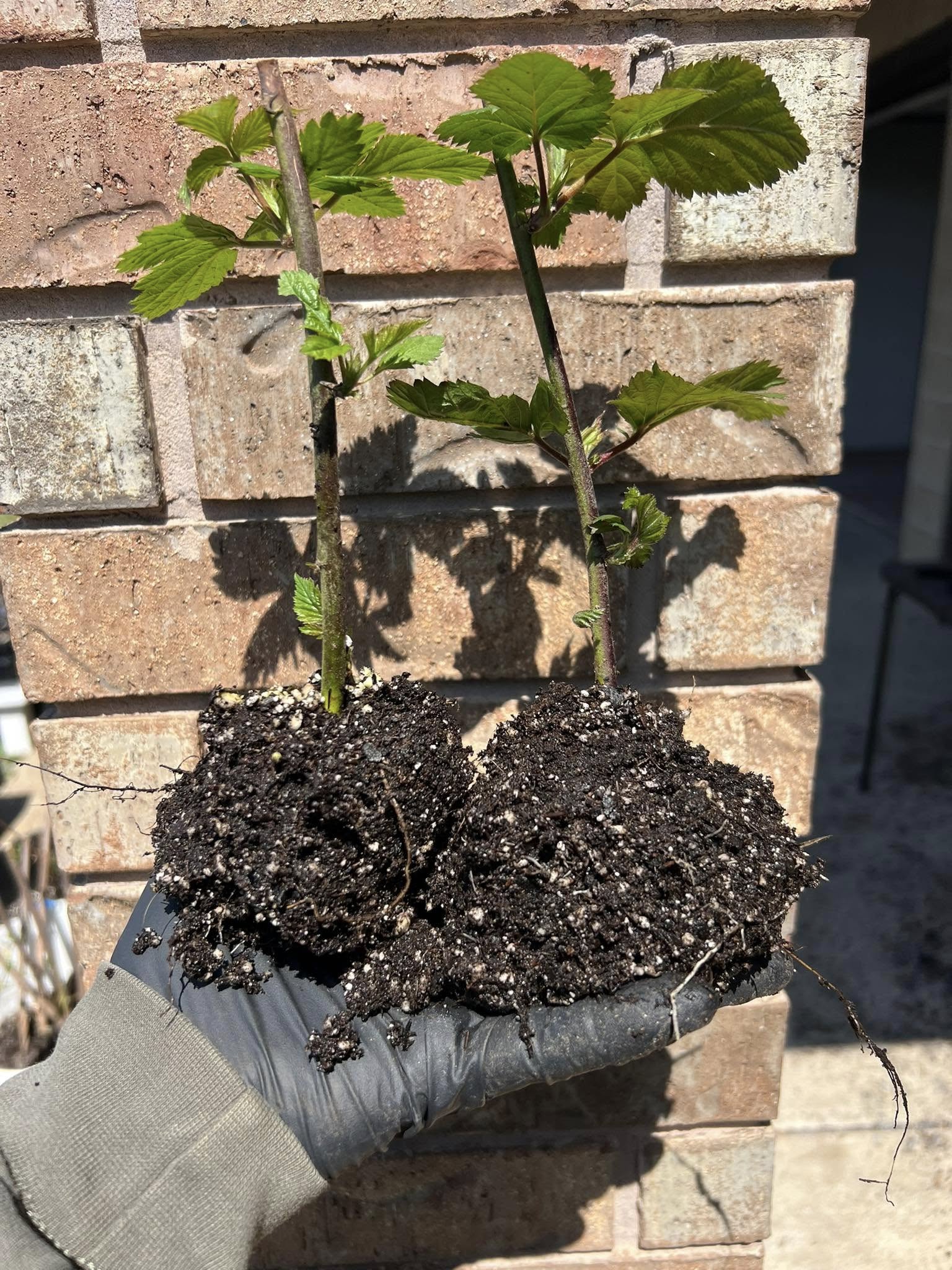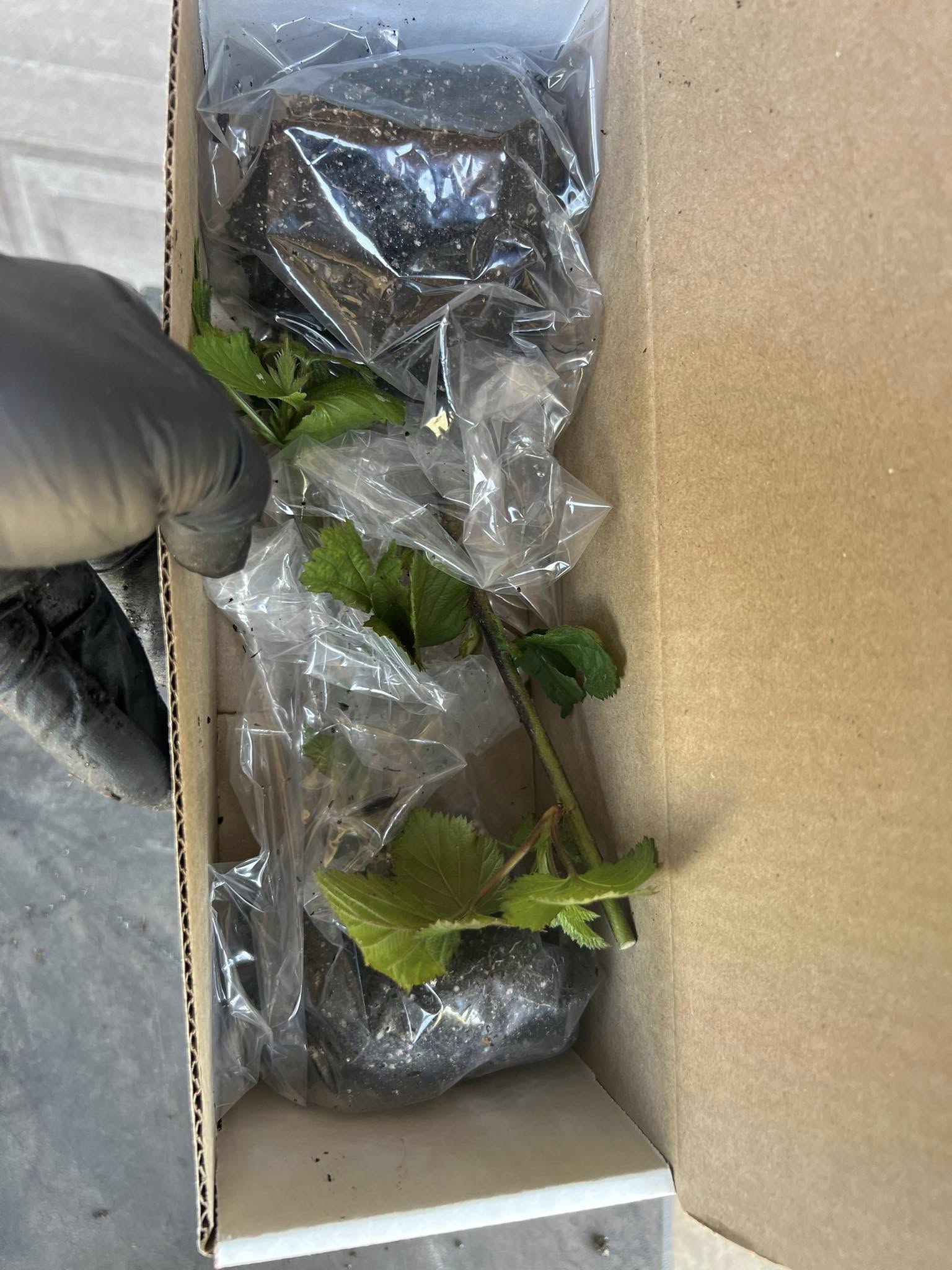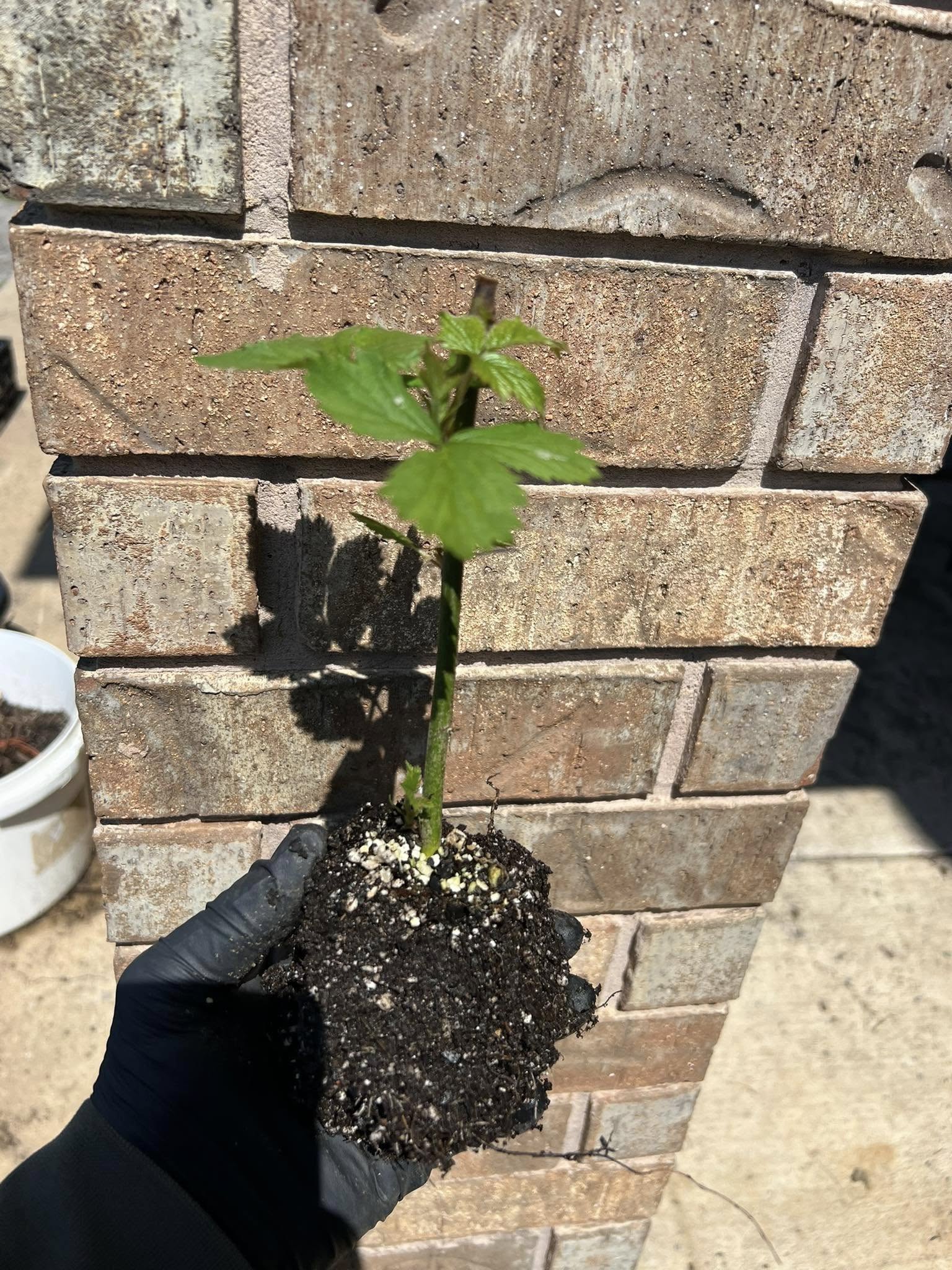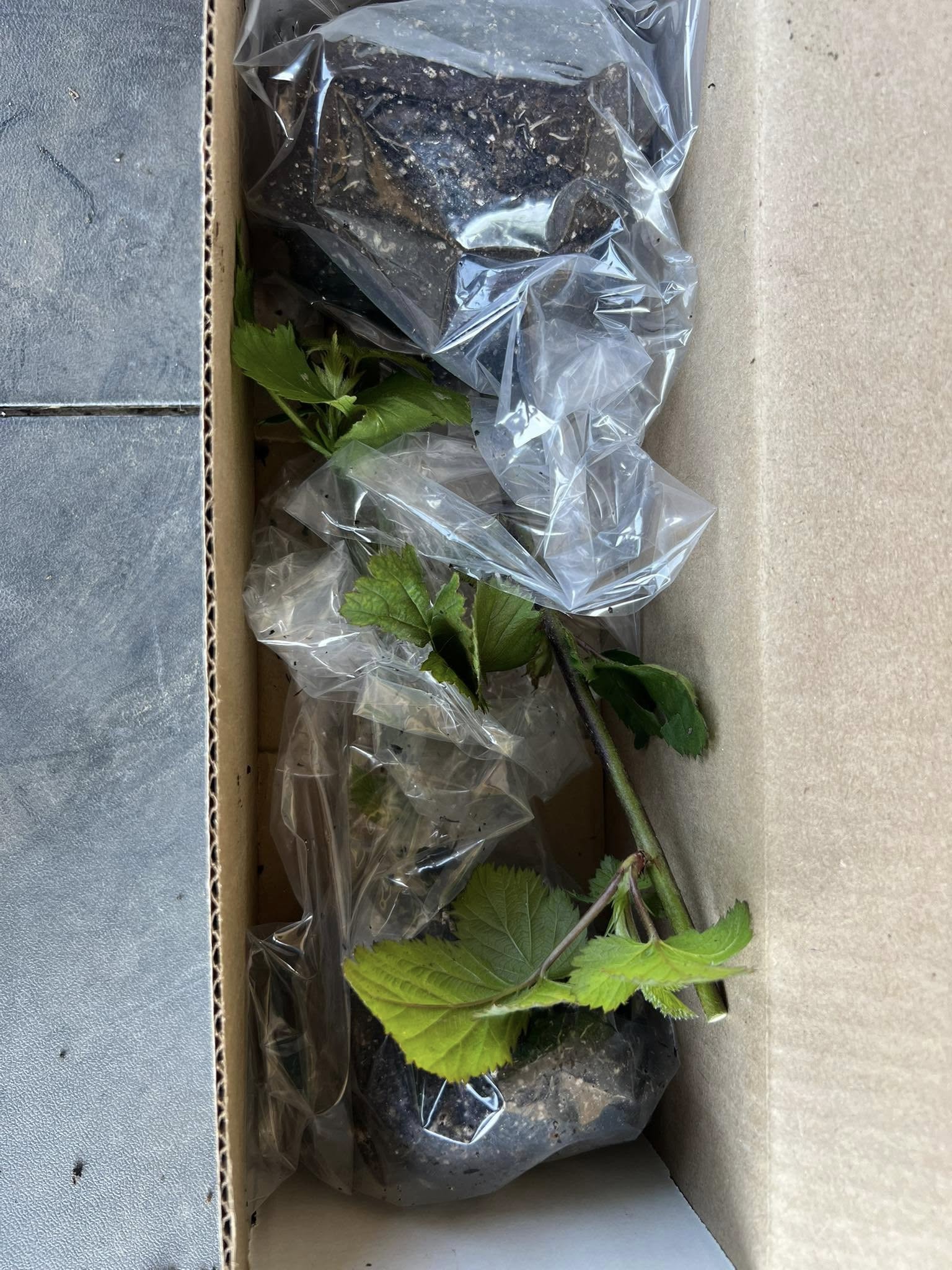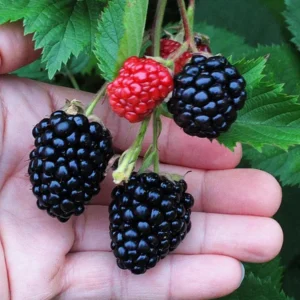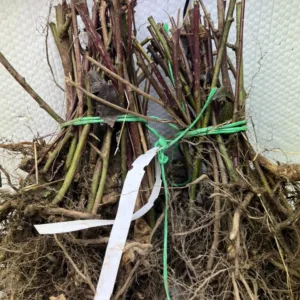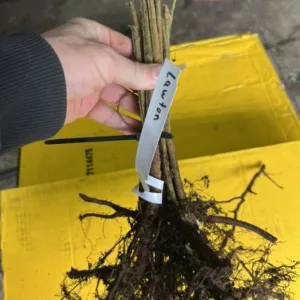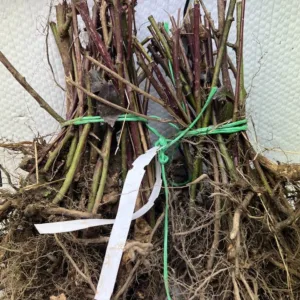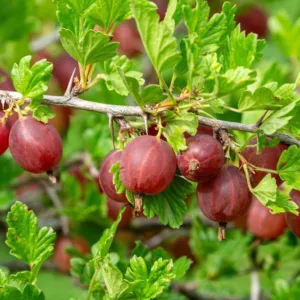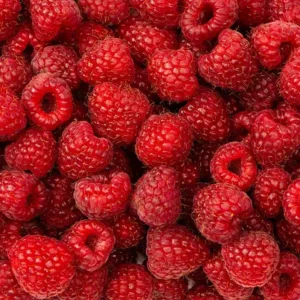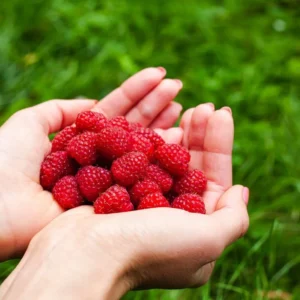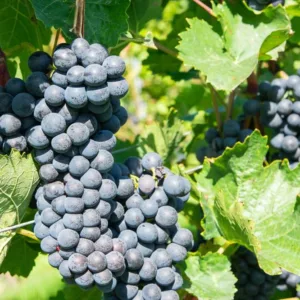Description
Note – These will be removed from the pots and excess dirt discarded to save space & weight for shipping.
The Osage blackberry grows best in USDA Hardiness Zones 6 through 9.
That means it does well in areas where winter temperatures generally don’t drop below -10°F (-23°C). It’s suited for regions with mild to moderately cold winters and performs especially well in places like the southern and central U.S., including parts of:
-
Arkansas
-
North Carolina
-
Georgia
-
Texas
-
California (inland areas)
-
Parts of Missouri, Tennessee, and Oklahoma
Growing Habits:
-
Growth Form: Erect, self-supporting canes that don’t require trellising, making it easier to manage than trailing varieties.
-
Thornlessness: The plant is completely thornless, which makes pruning and harvesting easier.
-
Vigorous Growth: Moderate to strong vigor; can reach 3–5 feet in height.
-
Climate Adaptability: Performs well in USDA zones 6–9, with good heat tolerance and moderate winter hardiness.
-
Spacing: Typically spaced 3–4 feet apart in rows with 6–8 feet between rows.
-
Soil and Sunlight: Prefers well-drained, slightly acidic soil and full sun exposure for best yields.
Fruiting Habits:
-
Primocane vs. Floricane: Osage is a floricane-fruiting variety, meaning it bears fruit on second-year canes (not the current year’s growth).
-
Harvest Season: Mid-season ripening, typically fruiting from late June to early July, depending on location.
-
Fruit Quality: Medium to large-sized berries, with excellent flavor, firmness, and shelf life—ideal for fresh eating or markets.
-
Yield: Consistently productive with reliable fruit set; performs well with good management practices.
-
Pollination: Self-fertile, so no cross-pollination is needed.
Overall, Osage blackberries are a great option for home gardeners and commercial growers looking for a low-maintenance, thornless variety with flavorful berries and consistent yields.





